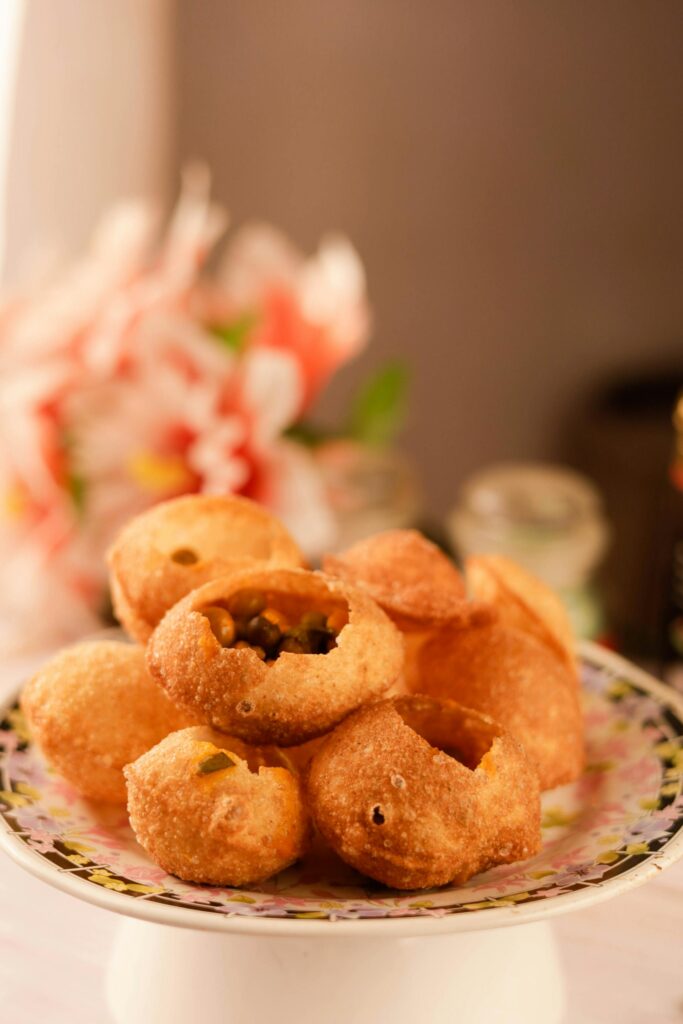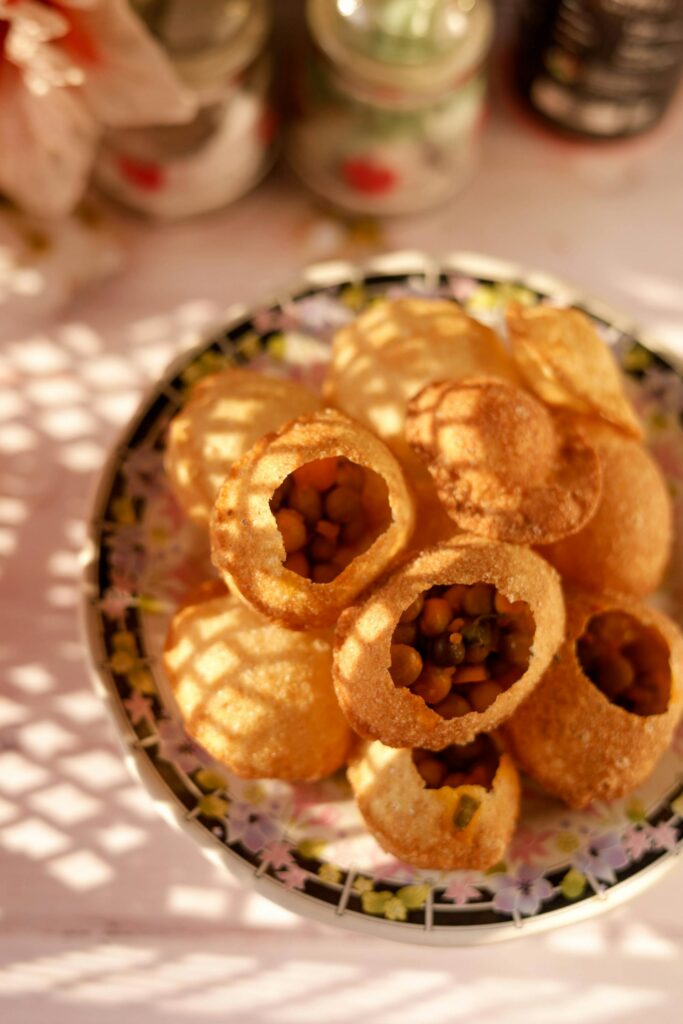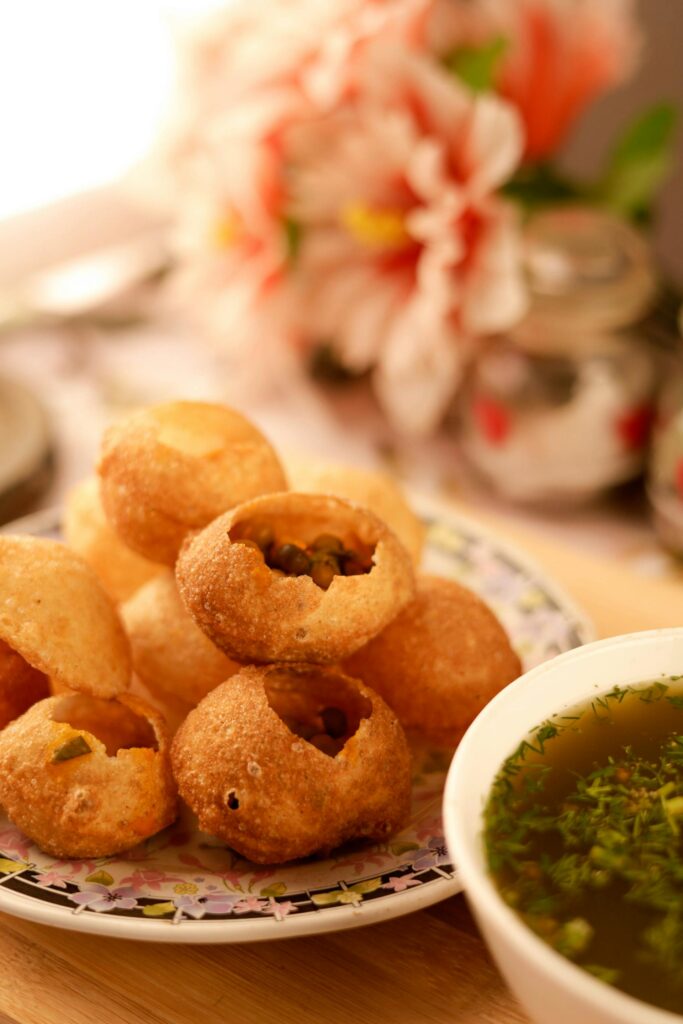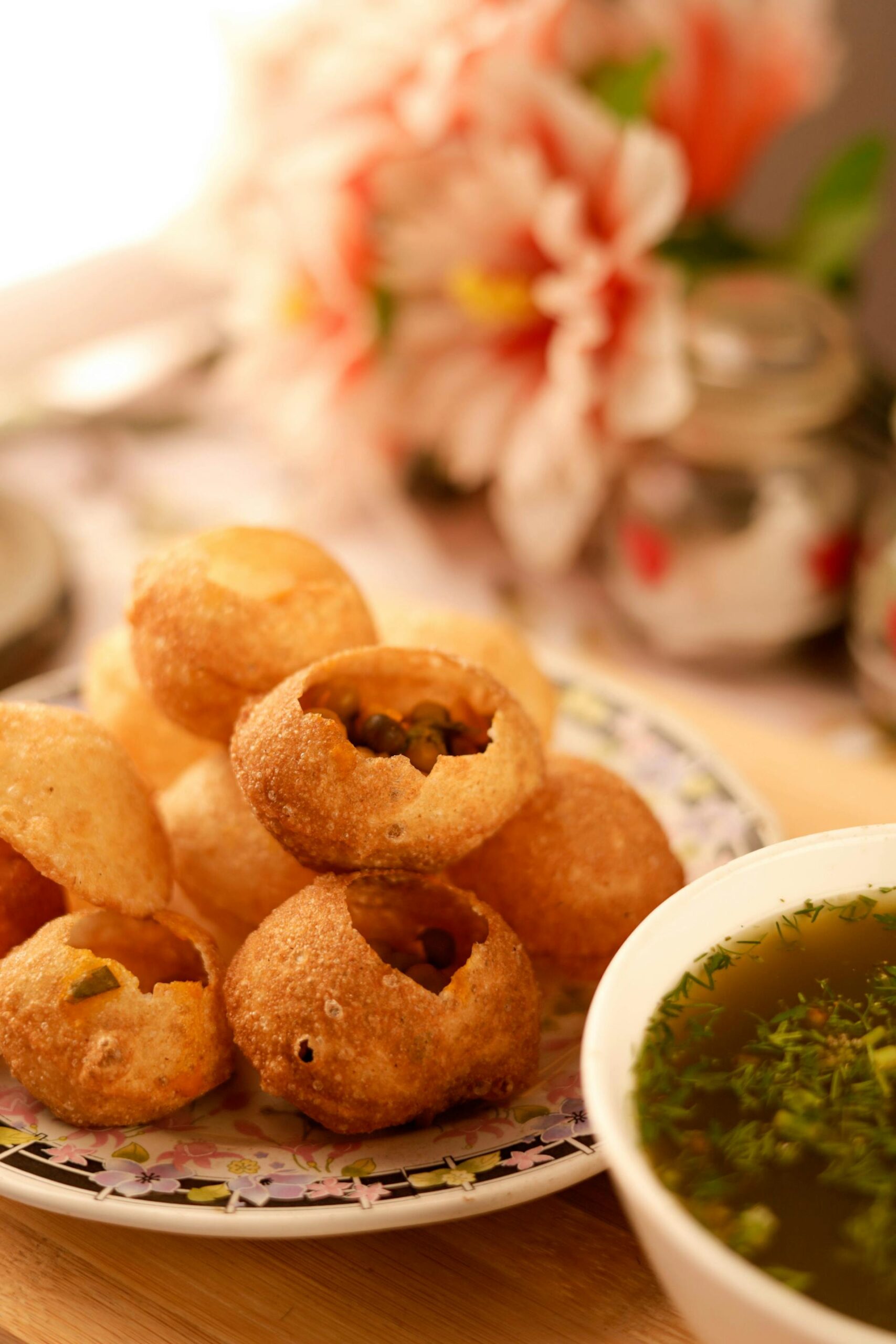Exploring India’s Street Food: Fuchka, Panipuri, and Golgappa
India’s vibrant street food culture is a key attraction for travelers looking to indulge in local culinary delights. Among the most popular snacks across the country are fuchka, panipuri, and golgappa—similar yet distinct varieties of a beloved dish. These bite-sized, crispy, hollow puris filled with tangy, spicy, and sometimes sweet water are a must-try for foodies, offering a burst of flavors with every bite. While they share a common concept, each variant reflects the regional tastes and cultural influences of different parts of India.
This article delves into the details and differences between fuchka, panipuri, and golgappa, guiding travelers through the distinct features of each and offering insight into the regional flavors that make these street foods unique.

Fuchka: The Bengali Delight
Fuchka, also known as puchka in West Bengal, is the Bengali variant of this beloved street snack. What sets fuchka apart from its pan-Indian counterparts is its use of tamarind pulp and the distinct spicing of the filling.
Flavors: Fuchka is typically spicier and more tangy than the other variants, as the water (called tetul jol) used for filling is a mixture of tamarind pulp, chili powder, and rock salt. Instead of sweet flavors, fuchka focuses more on the sour and spicy notes.
Filling: Unlike panipuri and golgappa, fuchka is filled with mashed boiled potatoes mixed with spices like roasted cumin, coriander, black salt, and tamarind juice. The filling often contains finely chopped green chilies, making it quite fiery compared to other versions.
Crispiness: Fuchka shells are often crisper and slightly darker than the other varieties, as they are made using a wheat-based dough. This gives the fuchka a distinct texture and a crunchier bite.
Regional Popularity: Fuchka is widely loved in West Bengal, Bangladesh, and Assam, where it is a staple street food. It is often eaten as a late afternoon snack or during festive occasions, especially during Durga Puja and other local celebrations.
Travelers in Kolkata or Dhaka can expect to find vendors serving fuchka from large glass stands, expertly preparing each serving with speed and precision. The spicy and tangy flavor makes it a must-try for anyone visiting this region.

Panipuri: The Western Indian Treat
Panipuri is the name given to this snack in states like Maharashtra, Gujarat, and Madhya Pradesh. While the basic components are similar to those of fuchka and golgappa, the flavor profile and ingredients differ, especially in the type of water and filling used.
Flavors: Panipuri is known for its variety of flavored waters, including both spicy and sweet varieties. The water, known as pani, can be made with tamarind, mint, cumin, and spices, with the option to add sweetened tamarind chutney for a balance of spicy and sweet flavors.
Filling: The filling in panipuri typically consists of boiled chickpeas, sprouted moong beans, or boiled potatoes. In Gujarat, the filling is often sweeter, with the addition of boondi (small, crispy gram flour balls) and a dash of jaggery. The balance of sweet and spicy makes panipuri a versatile snack that appeals to a wider range of tastes.
Crispiness: The puri used in panipuri is thinner and lighter than that of fuchka, often made from semolina (sooji) or a mix of wheat and semolina. This gives it a more delicate crunch, which pairs well with the flavorful water.
Regional Popularity: Panipuri is especially popular in Mumbai and Pune, where street vendors serve it fresh from carts. It is often eaten on the go, and many vendors offer a variety of flavored waters, allowing travelers to customize their experience. For those with a sweet tooth, Gujarat’s version of panipuri offers a sweeter, less spicy alternative.
In Maharashtra, panipuri is a cherished street food, and no trip to Mumbai is complete without sampling a plate from a local vendor. Whether you prefer it spicy or sweet, panipuri offers a burst of flavor in every bite.

Golgappa: North India’s Favorite Snack
Golgappa is the version popular in northern India, especially in Delhi, Punjab, Haryana, and Uttar Pradesh. Though similar to panipuri, golgappa has its own unique characteristics, making it a favorite among the locals.
Flavors: Golgappa is usually served with a spicy, tangy water that is predominantly made from tamarind and spices like black salt, cumin, and chili powder. The water is often more potent and sour than the sweet-sour balance found in panipuri.
Filling: The filling for golgappa typically includes boiled potatoes, chickpeas, and sometimes boiled lentils. In some regions, finely chopped onions and coriander are added to the mix, along with a dash of spicy masala.
Crispiness: The puris for golgappa are similar to those used in panipuri, but they tend to be slightly larger and crunchier. They are usually made from a mix of atta (whole wheat flour) and sooji (semolina), giving them a sturdier texture.
Regional Popularity: Golgappa is immensely popular in Delhi and nearby states, where you’ll find street vendors serving it at markets, fairs, and even outside busy metro stations. In Delhi, golgappa is a street food staple, and it is often accompanied by tangy tamarind chutney or spicy mint water.
In Punjab, golgappa is part of the larger chaat culture, where it is often served alongside other popular street foods like aloo tikki and papdi chaat. The spicy water and potato filling make it a fiery snack that leaves a lasting impression.
Key Differences Between Fuchka, Panipuri, and Golgappa
While fuchka, panipuri, and golgappa are variations of the same snack, each has its unique qualities:
| Element | Fuchka (Bengal) | Panipuri (West India) | Golgappa (North India) |
|---|---|---|---|
| Water Flavor | Spicy and tangy with tamarind | Sweet and spicy, often minty | Spicy and tangy, more sour |
| Filling | Mashed potatoes with spices | Chickpeas, potatoes, boondi | Potatoes, chickpeas, onions |
| Puri Texture | Crispier and darker | Thinner and lighter | Slightly larger, more robust |
| Regional Influence | Kolkata, Dhaka, Assam | Maharashtra, Gujarat, MP | Delhi, Punjab, Haryana |
| Flavor Profile | Predominantly spicy and sour | Balanced between sweet & sour | Mostly spicy with tang |
Street Food Culture Across Regions
These small variations reflect the vast diversity of Indian street food culture. While they share a common structure—crispy puris filled with water and savory filling—the way they are prepared and enjoyed differs greatly across India. For travelers, experiencing each version offers a taste of the unique regional flavors and traditions that make Indian street food so captivating.
When in Kolkata, don’t miss out on the spicy, tangy fuchka, whereas in Mumbai or Pune, the balance of sweet and spicy panipuri will tantalize your taste buds. And for those exploring the bustling streets of Delhi or Chandigarh, a plate of golgappa with its tangy, spicy water is the perfect snack to enjoy while soaking in the vibrant energy of the city.
How to Enjoy Fuchka, Panipuri, and Golgappa Like a Local
If you’re a first-time traveler or new to Indian street food, here are a few tips to enjoy these popular snacks:
Eat it immediately: Fuchka, panipuri, and golgappa are best eaten right after they’re served to keep the puri crispy. Don’t let them sit for too long, as the water will make the puri soggy.
Customize your order: Most vendors will allow you to adjust the spice level or the amount of sweet chutney. If you can’t handle too much spice, ask for a less spicy version, or if you like it extra fiery, ask for more chili.
Hygiene: Stick to popular vendors that have high turnover, as the ingredients are likely to be fresher. It’s also a good idea to carry your own water to drink afterward, as street-side pani may not always be prepared with purified water.
**Don’t forget the sukha puri: After you finish the watery puris, ask for a sukha puri—a dry puri filled with spicy potato or chickpea mixture and chutney. It’s the perfect way to end your street food experience.
India’s culinary diversity is unparalleled, and experiencing fuchka, panipuri, and golgappa offers a delicious window into the country’s rich street food culture. From Kolkata’s spicy fuchka to Mumbai’s sweet and spicy panipuri to Delhi’s tangy golgappa, every region’s version reflects its unique palate, ensuring that no matter where you are in India, you’re in for a flavor-packed adventure.

